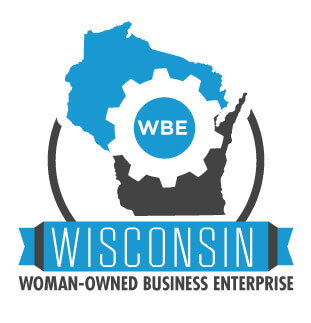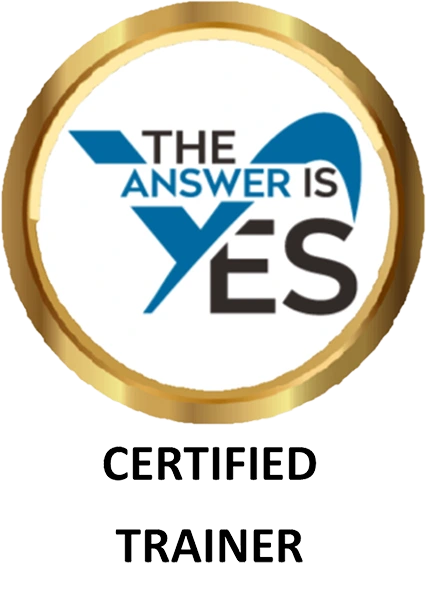“Organizational culture is not what’s written on the walls as posters. It is what is spoken, felt and done between the walls on the floor.” Amby
In 10 Guiding Principles of Organizational Culture, Jon Katzenbach, Carolin Oelschlegel and James Thomas provide useful organizational examples of the 10 principles for mobilizing and changing an organizational culture.
They begin by defining organizational culture as “the self-sustaining pattern of behavior that determines how things are done. They write that research shows that companies that use informal emotional approaches to influencing behavior are significantly more likely to experience lasting change. “Of the companies that reported consciously using elements of their culture in Strategy’s 2013 Global Culture & Change Management Survey, 70 percent said their firms achieved sustainable improvement in organizational pride and emotional commitment. That compares with 35 percent for firms that didn’t use culture as a lever.”
Here are the 10 principles:
- Work with and within your current cultural situation. “To work with your culture effectively… understand it, recognize which traits are preeminent and consistent, and discern under what types of conditions these traits are likely to be a help or a hindrance.”
- Change behaviors and mind-sets will follow.” Trying to change a culture purely through top-down messaging, training and development programs, and identifiable cues seldom changes people’s beliefs or behaviors. In fact, neuroscience research suggests that people act their way into believing rather than thinking their way into acting. Changes to key behaviors — changes that are tangible, actionable, repeatable, observable, and measurable — are thus a good place to start.”
- Focus on a few critical behaviors. Determine “a few things people do throughout the company that positively affect business performance… Make sure those are aligned with the company’s overall strategy. Also check that people feel good about doing these things, so that you tap into emotional commitment. Then codify them: Translate those critical behaviors into simple, practical steps that people can take every day. Next, select groups of employees who are primed for these few behaviors, those who will respond strongly to the new behaviors and who are likely to implement and spread them.”
- Deploy your authentic information leaders. “Once identified, these leaders can become powerful allies who can influence behavior through ‘showing by doing.’ ”
- Don’t let your formal leaders off the hook. “The people at the top have to demonstrate the change they want to see.”
- Link behaviors to business objectives. “Select behaviors that are aimed specifically at improving business performance and can be measured over time.”
- Demonstrate impact quickly. “One effective method of doing so is to stage performance pilots — that is, high-profile demonstration projects. Pilots are relatively low-risk efforts that introduce specific behaviors that can then be evaluated and assessed.”
- Use cross-organizational methods to go viral. Have the authentic informal leaders use social media. “People are often more receptive to changes in “the way we do things around here” when those changes are recommended or shared by friends, colleagues, and other associates. This kind of credible social proof is more compelling than similar testimonials from someone whose job it is to sell something.”
- Align programmatic efforts with behaviors. ”By providing the structure in which people work — through disciplines such as organization design, analytics, human resources, and lean process improvement — the formal organization provides a rational motivation for employee actions, while the informal organization enables the emotional commitment that characterizes peak performance.”
- Actively manage your cultural situation over time. “Companies that have had great success working with culture — we call them “culture superstars” — actively monitor, manage, care for, and update their cultural forces. Why? … when aligned with strategic and operating priorities, culture can provide hidden sources of energy and motivation that can accelerate changes faster than formal processes and programs. Even if you have a highly effective culture today, it may not be good enough for tomorrow.”
They summarize: “The best way to start is to ask yourself a series of questions. What are the most important emotional forces that determine what your people do? What few behavior changes would matter most in meeting strategic and operational imperatives? Who are the authentic informal leaders you can enlist? And what can you and your fellow senior leaders do differently to signal and reinforce those critical behaviors?
Of course, you shouldn’t plan for dramatic results overnight. Expect an evolution, not a revolution.”
Have you tried to change your organizational culture? What was your experience?
May your learning be sweet- and safe.
Deborah





